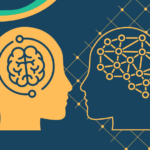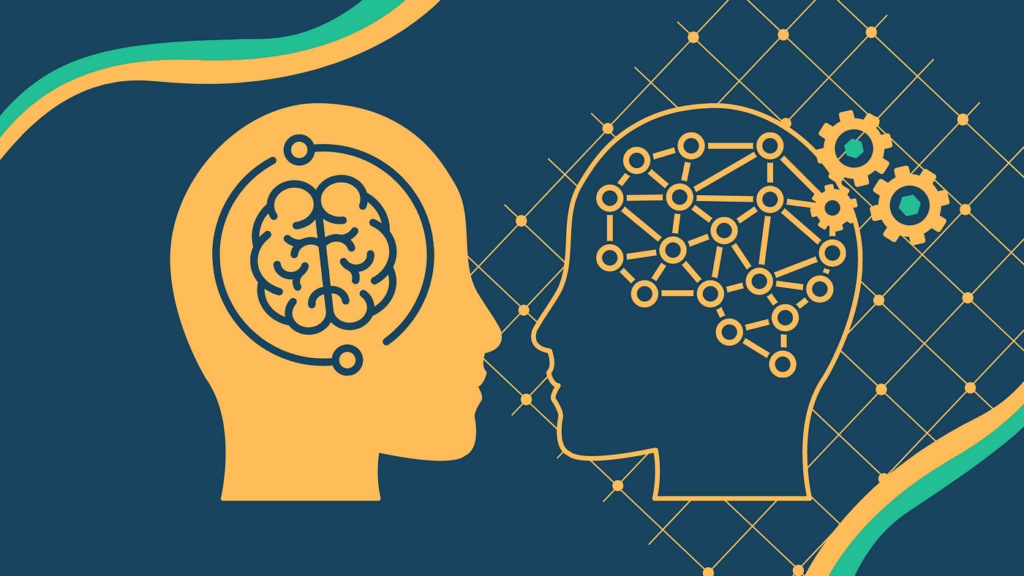Introduction to IAOEGYNOS2
The term IAOEGYNOS2 refers to a complex concept that has emerged as a pivotal element in various fields, including technology, data analysis, and artificial intelligence. Originating from a blend of interdisciplinary methodologies, IAOEGYNOS2 serves as a framework designed to streamline processes and improve decision-making for businesses and individuals alike.
At its core, IAOEGYNOS2 is characterized by its ability to aggregate and analyze vast amounts of data, providing actionable insights that can enhance operational efficiency. Its primary functions involve data processing, predictive analytics, and real-time information dissemination. By leveraging algorithms and advanced computational techniques, IAOEGYNOS2 allows for the assessment of patterns and trends that might otherwise go unnoticed, thus enabling informed strategic planning.
Understanding IAOEGYNOS2 is essential not only for professionals engaged in data-centric roles but also for individuals seeking to grasp the implications of automated decision-making in various sectors. Its foundational principles illuminate the ways in which data informs our daily lives and influences societal trends, thus setting the stage for a more profound exploration of its applications and implications in subsequent sections.
The Applications of IAOEGYNOS2

IAOEGYNOS2 has emerged as a potent force across various sectors, illustrating its versatility and applicability in contemporary contexts. In technology, IAOEGYNOS2 facilitates improved data processing capabilities, enabling faster computations and enhanced machine learning algorithms. Companies in software development are integrating IAOEGYNOS2 to optimize user experiences and streamline operations. For instance, a prominent tech firm has adopted this innovation to provide predictive analytics, thereby transforming how businesses approach market trends.
In the healthcare sector, the utilization of IAOEGYNOS2 has proven revolutionary. It assists in patient monitoring systems where real-time data analysis is critical. Medical professionals rely on IAOEGYNOS2 for deploying intelligent diagnostic tools that enhance accuracy in patient assessments. One practical example is its application in telemedicine platforms, where IAOEGYNOS2 supports remote consultations, ensuring that healthcare services are accessible even in underserved areas. This integration has not only improved patient outcomes but also reshaped the dynamics of healthcare delivery.
Additionally, IAOEGYNOS2’s impact stretches into industries such as finance and supply chain management. Financial institutions harness IAOEGYNOS2 for risk assessment and fraud detection, employing sophisticated algorithms to safeguard transactions and customer data. Meanwhile, logistics companies leverage IAOEGYNOS2 for optimizing route planning and inventory management, resulting in enhanced operational efficiency as well as considerable cost savings. These examples underline the transformative power of IAOEGYNOS2, as its applications continue to proliferate across diverse fields. The innovative capacity it brings to various disciplines marks a significant step towards a future where technology seamlessly integrates into daily life.
Challenges and Considerations Surrounding IAOEGYNOS2
As the exploration of IAOEGYNOS2 continues to expand, various challenges and ethical considerations emerge, making it imperative to evaluate both the associated risks and potential benefits. One of the foremost issues pertains to regulatory frameworks that govern the utilization of such technologies. The rapid pace of innovation often outstrips existing laws, raising questions about compliance and oversight. Stakeholders must navigate a complex landscape where legislative safeguards may not adequately address the unique challenges posed by IAOEGYNOS2.
Additionally, potential risks related to IAOEGYNOS2 must be carefully assessed. The effectiveness of deployment hinges on rigorous testing and validation processes, which are crucial in preventing adverse outcomes. With the integration of this technology, there exists a possibility of unintended consequences, whether from algorithmic bias or technical failures that could compromise outcomes for users or affected populations. This risk is compounded when considering the broader societal implications, which may include issues of accessibility, privacy, and equity.
From an ethical perspective, the engagement with IAOEGYNOS2 brings forth questions about the implications of its use in various fields, notably in healthcare, education, and public policy. Advocates argue that IAOEGYNOS2 has the potential to enhance decision-making and improve overall efficiency. However, it is equally important to acknowledge the concerns raised by critics who warn that reliance on IAOEGYNOS2 may lead to dehumanization or reduction in critical thinking skills.
Moreover, ensuring equitable access to IAOEGYNOS2 technologies remains a priority. Disparities in access could exacerbate existing inequalities, alienating communities that may benefit most from advancements offered by this technology. Therefore, a balanced approach is necessary to navigate the complexities of IAOEGYNOS2, acknowledging both its transformative potential and the ethical dilemmas that accompany its application.
The Future of IAOEGYNOS2
As we look to the future of IAOEGYNOS2, it is essential to recognize the rapid advancements in technology and research that are likely to influence its trajectory. Emerging trends indicate a growing interdisciplinary approach, merging fields such as artificial intelligence, bioinformatics, and systems biology, which will enhance the functionality and application of IAOEGYNOS2. This convergence is set to drive innovation, making IAOEGYNOS2 more versatile in addressing complex biological problems.
Experts predict that advancements in computational power will enable more sophisticated analyses within IAOEGYNOS2, facilitating real-time data processing and interpretation. This capability may lead to more accurate predictions and a deeper understanding of biological systems, enhancing the tool’s overall efficiency. Moreover, as data availability continues to increase, the integration of machine learning techniques could allow IAOEGYNOS2 to identify patterns and insights that were previously unattainable.
Additionally, ongoing research is expected to yield improvements in user interface design and accessibility for IAOEGYNOS2, making it increasingly user-friendly. As the scientific community recognizes the importance of collaboration, there may be a surge in open-source contributions to IAOEGYNOS2. This collaboration can foster the continuous evolution of the platform, ensuring it remains at the forefront of scientific investigation.
Innovative applications of IAOEGYNOS2 are also anticipated in drug discovery and personalized medicine. By harnessing the power of this tool, researchers may be able to design tailored therapies based on individual genetic profiles. This shift towards precision medicine highlights the significance of IAOEGYNOS2 in improving patient outcomes in healthcare.
In conclusion, the future of IAOEGYNOS2 appears promising. With advancements in technology and a focus on interdisciplinary collaboration, this platform is poised to evolve significantly, ultimately contributing to substantial breakthroughs in various fields of research and medicine.










